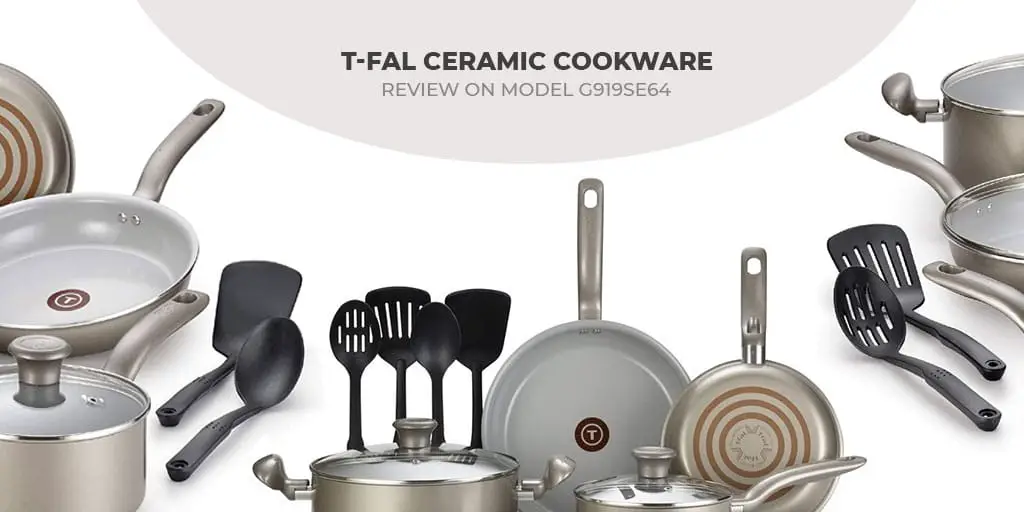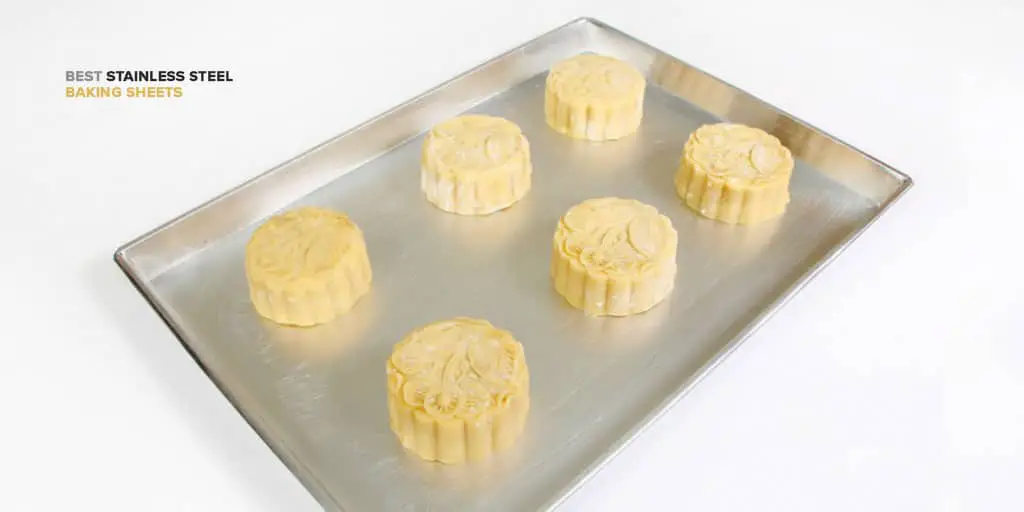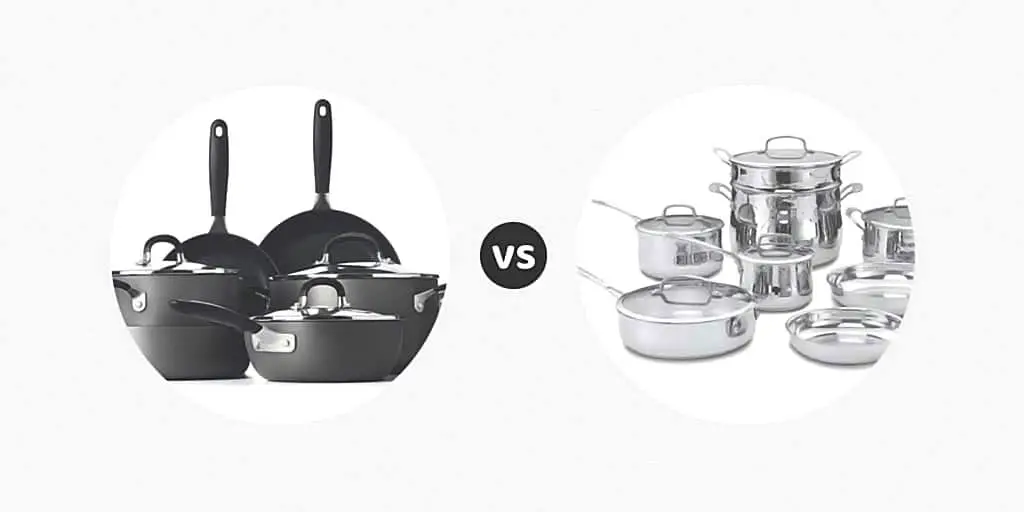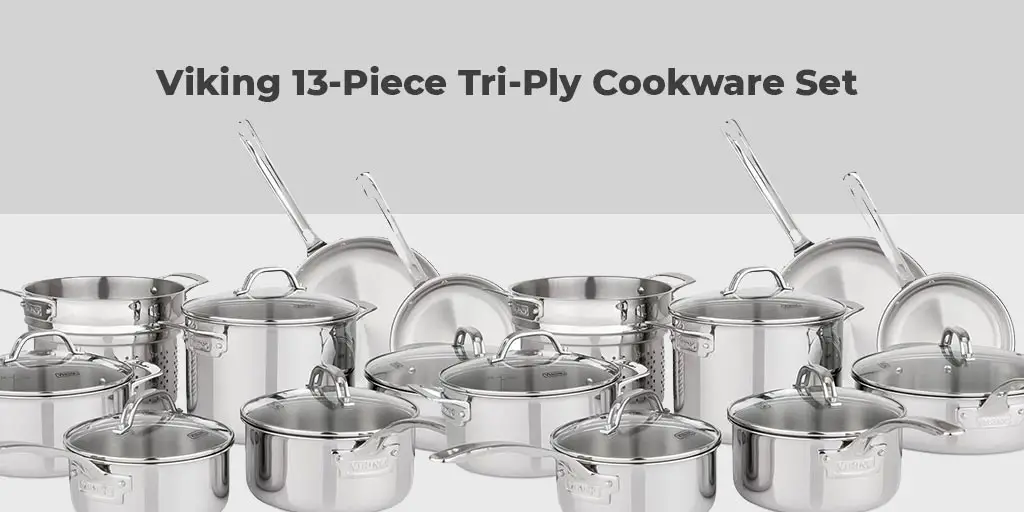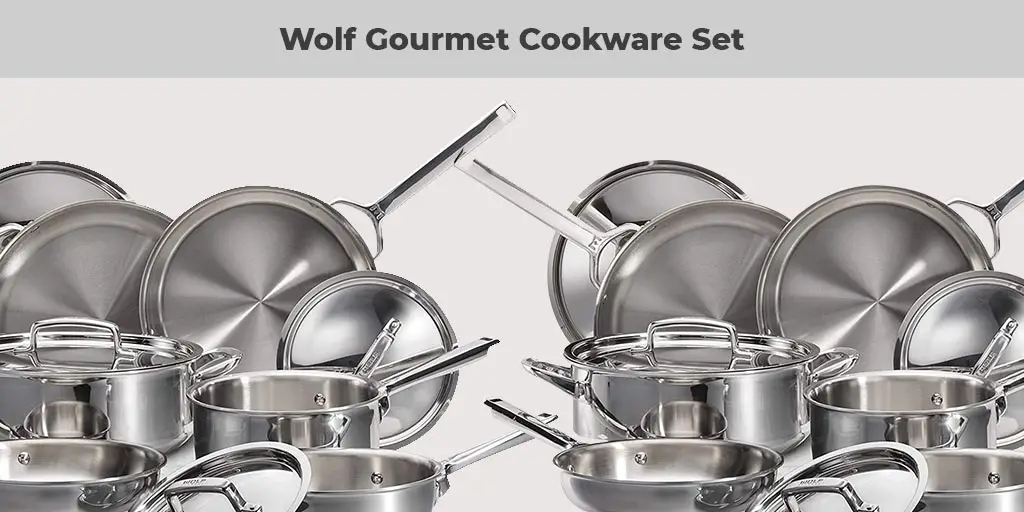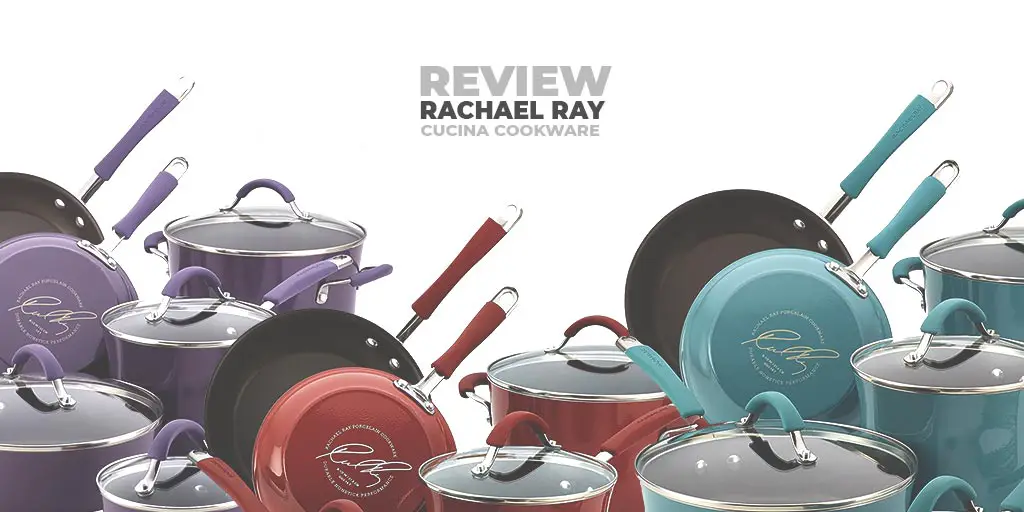How to Use Non-Induction Cookware on Induction Cooktop
Induction cooking is the latest (and probably the best) way of cooking food. It features superior mechanisms which make it a much safer option than a regular gas stove.
However, induction cooktops do tend to be limiting because they can only be used with cookware, which is compatible with induction cooking.
That said, there are a few hacks you can use to go around this problem. The following article is all about teaching you how to use non induction cookware on induction cooktop.
Contents
How an Induction Cooktop Works

An induction cooktop will only heat objects which are magnetic. The pots or pans you use on it should also have flat and smooth bases and be slightly heavy-bottomed so that they are not deformed.
An induction cooktop produces heat using electromagnetism. The alternating current which passes into the coil just beneath the induction cooktop’s surface gives way to a magnetic field being produced on the cooktop itself.
When a conductive pot or pan is placed on the cooktop, a connection takes place, which creates the flow of a highly resistant electric current through the pot or pan. This current is what causes the friction that produces the heat used to cook the food.
This contact fails to take place if you are using cookware, which is not compatible with your induction cooktop.
How to Make Regular Cookware be Compatible with Induction Cooktop

It is not impossible to use non-induction cookware on an induction cooktop. In fact, there are a few different ways using which you can use any regular pot or pan (even a rounded bottom one) on an induction stove.
A Converter Disk or an Interface Disk
The most common method of using non-induction cookware on an induction cooktop is with the help of the best converter or interface disk.
This is a flat disk made of either iron or stainless steel, which acts as a connection between the induction cooktop and a non-induction utensil. The disk distributes heat evenly throughout the pot or pan and features a handle that does not heat up.
Simply place the metal disk on the induction cooktop and place your cookware on top of that. These disks are both thin and also weighted, which ensures that it will sit securely between the cooktop and the utensil and will not slip around.
However, it is important that you use cookware, which has a completely smooth bottom. If your pot or pan has dents or other imperfections, air will get trapped in those areas and slow down the cooking process.
Because the disk is unable to transfer heat to the cookware, that heat either escapes into the surrounding air or goes back into the induction cooktop. Overheating of the cooktop may affect its wattage, so that is something to keep in mind when using a converter disk.
Steel Wire Mesh Sheet
A cheap and easy way to make your non-induction cookware work on your induction cooktop is to buy a sheet of steel wire mesh from the hardware store.
Use a wire cutter to cut out double the shape of your induction cooktop surface. Fold the shape in half so that you have two layers of mesh, place it on top of the cooktop and then place the non-induction utensil on top of that.
You can skip the cutting part and only place a folded mesh on the cooktop, however, that poses a safety concern. If you do this, you need to be careful not to accidentally touch the mesh while cooking, and only remove it off the cooktop (using gloves) once the cooktop has been switched off.
Note that, while using this method, cooking time will be reduced a lot, especially so in the case of large pots.
Smoothing Out a Cookware’s Base for a Converter Disk
As mentioned above, no matter how you customize your non-induction cookware to work on an induction cooktop, it still needs to have a smooth bottom.
One method of using a pot with an uneven bottom on a converter disk is to apply some computer thermal paste on the cookware’s bottom. Then, place the pot on top of the converter disk slowly.
This will help spread out the thermal paste into a thin and even layer over the cookware’s bottom, effectively filling out its nooks and crannies.
However, this is not a permanent solution. The heat from the cooktop will cause the thermal paste to break down.
So the next time you use this method, you will need to scrape off the previous layer of the computer thermal paste and apply a fresh layer.
Why You Need to Use Induction Cookware on Induction Cooktops
The answer to this question lies in the fact of how an induction cooktop works. Induction cooktops can only work with cookware, which has a flat bottom made of (or containing) ferrous metal.
This means that if you hold a magnet to the bottom of a pot or pan, and if you can feel the attraction between the two objects, then that pot or pan will work with an induction cooktop.
Induction cooktops also require a pot or pan to have a flat bottom. Usually, cast iron or stainless steel makes for good cookware for induction stoves, while copper or aluminum cookware does not.
Note that, even though glass stovetops and induction cooktops look the same, all glass stove cookware does not work on induction cooktops. For instance, copper pots work fine on glass stovetops but do not conduct induction cooktops.
Though induction cooktops can be limiting in this sense, induction friendly cookware can also work as gas stove cookware, so they are ultimately an investment.
Conclusion
Though it is relatively cheap and simple to make a non-induction utensil work on an induction cooktop, doing so will definitely slow down the cooking time.
For example, it takes the same amount of water twice as long to boil on top of a converter disk than when the pot is directly on the cooktop.
Using an interface or converter disk will also cause the induction cooktop to heat up more.
All that said, it is still worth it to try to make your non-induction cookware work on an induction cooktop.
Using these methods to customize your regular cookware is definitely cheaper than buying a whole new set of induction cookware.
